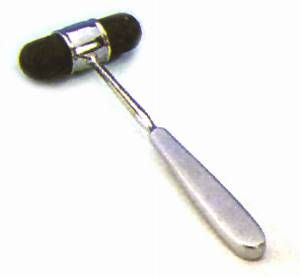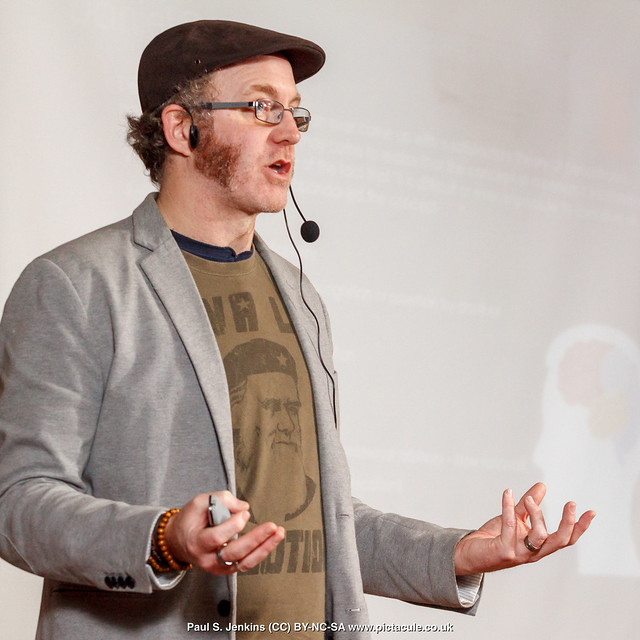A couple of days ago, I had my first meeting with my MS nurse. I was really interested to see how this meeting would go, because it was the first one since having my treatment. The meeting couldn't have gone any better. I shared all my information with my MS nurse and it actually ended up being a meeting with two nurses. Due to the fact that I have had HSCT, there has obviously been some talk in the local area as far as multiple sclerosis care is concerned. I have become a little bit of a guinea pig and people are following my journey with some interest.
I am the first case of HSCT that my MS nurse has experience and she is very interested in the whole process, largely because she knows that she will meet more patients who will want to follow this journey both privately and on the NHS. One of my local hospitals, in Southampton, will be starting HSCT treatment for multiple sclerosis this year. Unfortunately for people suffering with primary progressive multiple sclerosis, it will only be given to people with relapsing-remitting multiple sclerosis. But, it's a start.



































